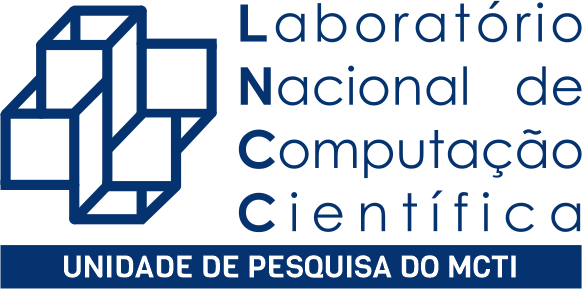EVENTO
Friction and restorable adhesion
Tipo de evento: Seminário LNCC
The presentation is related to the analysis and the modeling of interface behaviors when unilateral contact, friction and adhesion interact. The adhesion is characterized by an internal variable b, first introduced by Frémond which represents the intensity of adhesion. A damageable stiffness for the interface insures a good continuity between the two models during the competition of friction and adhesion.The model was first used to describe the micro-indentation of a fibre for composite materials. Considering a dynamic formulation, the model was then extended to brittle behaviours occurring when a crack interacts with fibre-matrix interfaces in composite materials. The model was also used to describe the behaviour of some interfaces in Biomechanics. And more recently, the model was used for studying metal/concrete interfaces in reinforced concrete in civil engineering. In order to deal both with surface tension encountered in rubber or polyurethane contact with glass (van der Waals forces) and with the behavior of scotch tape or glues that can be used several times, a new class of model is presented where the intensity of adhesion may increase after having decreased. A new form of the differential equation controlling the evolution of b (the intensity of adhesion) is given and convenient thermodynamic potentials are given. In the framework of continuum thermodynamics, the contact zone is considered as a material boundary and the local constitutive laws are derived by choosing two specific forms for the surface potentials : the free energy and the dissipation potential. Because of the non smooth properties of these potentials, the state and the complementary laws are written in the sense of differential inclusions in order to obtain the local behaviour laws of the interface.Because of the non smooth character of these interface laws, the dynamics is written in terms of differential measures and the Non Smooth Contact Dynamics method developed by M. Jean and J.J. Moreau is used to formulate and to solve the corresponding dynamics problem. When a quasi-static formulation is considered, the problem can be set as the coupling of two variational inequalities (of which one of them is implicit) and a differental equation. Mathematical programming solvers are used both for quasi-static and dynamic formulations.Various exemples are presented. Identification of the constitutive parameters is discussed.
Data Início: 28/11/2006 Hora: 15:00 Data Fim: Hora: 17:00
Local: LNCC - Laboratório Nacional de Computação Ciêntifica - Auditorio A
Comitê Organizador: Michel Raous - Laboratoire de Mécanique et dAcoustique CNRS - -


